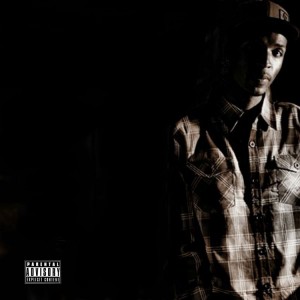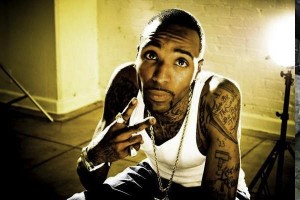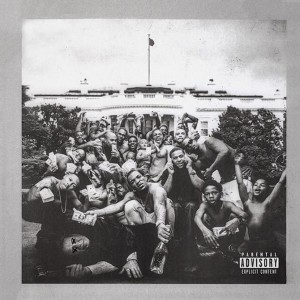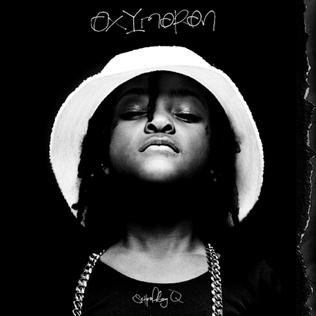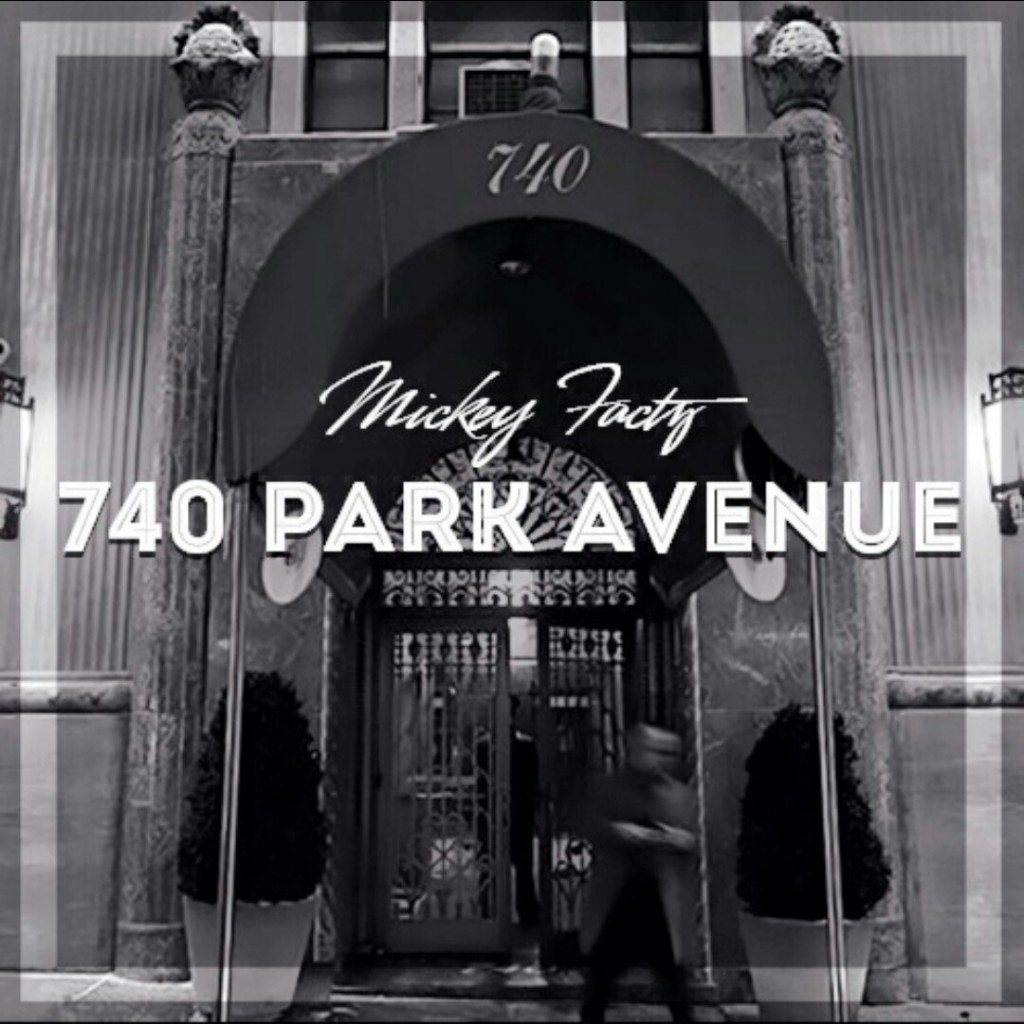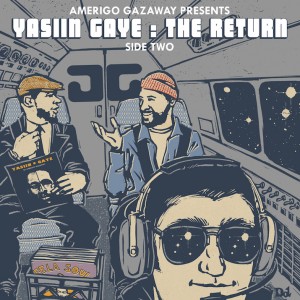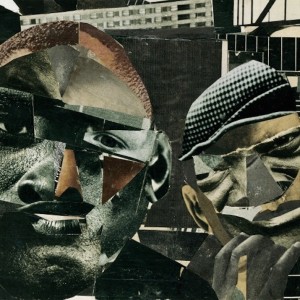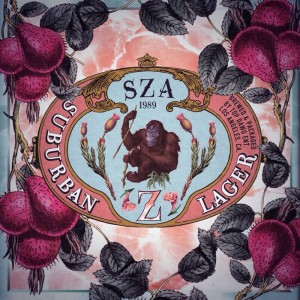by A. Pierre
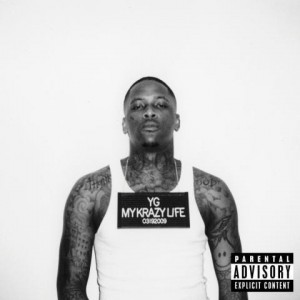
Is this the 2014 Doggystyle?
In 2013, the now 24-year-old YG was pushed into the mainstream after his lead single “My N***” featuring Young Jeezy and Rich Homie Quan took off in the clubs, streets, and then consequently moving up the Billboard charts. The young Compton MC signed to the Young Jeezy led CTE World Label with aspirations of being the next superstar artist and continuing the recent trend of West Coast success. While coming from the streets of Compton and living a life filled with gang-related street life and drama, YG comes from relative obscurity to now having a few notable hits released, including “My N***”, “Left Right”, and “Who Do You Love” ft. Drake; while also having a surprisingly strong debut album. The overall vibe of YG’s debut album “My Krazy Life” probably has the most resemblance to the West Coast’s gangsta rap golden era of the early to mid 90′s then any of the new artist that have hit the scene and had some success in the last few years. One album in particular that it probably has its closest parallel from 1993 to 2014 is “Doggystyle”. Is YG’s debut album the 2014 version of Snoop Dogg’s 90′s classic album “Doggystyle”? It sure has at least some elements that could give fans a similar feeling and bounce to it, but lets break it down a little.
When Snoop Dogg released his critically acclaimed “Doggystyle” in November of 1993, it produced monster hits along with a continuation of Dr Dre’s G-Funk influenced production and bounce that had the parties jumping. At that time it almost felt like sonically “Doggystyle” was a part 2 to Dre’s own album released a year before “The Chronic”. That album along with “Doggystyle” pushed the then 22-year-old Snoop Dogg into superstar status, and cemented Dr Dre as a molder of careers. As we jump into 2014, Producer DJ Mustard acts as YG’s right hand man as was Dr Dre to Snoop Dogg. On “My Krazy Life”, DJ Mustard does not dominate the production as completely as Dre did for Snoop Dogg however his role and influence on YG’s recent offering and his imprint on the MC’s career progression are almost as crucial.
On the first 4 songs of the albums, (“BPT”, “I Just Wanna Party”, “Left Right”, “Bicken Back Being Bool”) DJ Mustard handles the production, setting the tone for the rest of the album. Sonically the album isn’t exactly of the Dr Dre G-Funk variety however nonetheless DJ Mustard provides YG with a backdrop that is throwback West Coast to its core. DJ Mustard’s bass lines have that riding in your car down the road on the highway, with nowhere important to go, with the windows rolled down, with the music blasting through your speakers feel to them. This isn’t really an album that you sit down in your house on a peaceful day with your IPOD and headphones and critically listen to. It’s the type of album similar to “Doggstyle” where you just simply enjoy the ride and groove to the piercing beats that are used as the backdrop and soundtrack to the stories of a day in the life of a young man navigating through the ups and downs of a day in the hood, where anything can happen while also complicated by gang affiliation.
One example of YG breaking down his mentality one fateful night is on the 1st verse on “1Am” where he raps…
“It was 1 in the mornin’ and I was up yawnin’
Moms asked where I’m goin’, to the hood if you ain’t knowin’
Pops locked up so mama couldn’t stop me
I was out the house, ASAP Rocky
And it wasn’t cause she couldn’t control us
We was her babies, she just wanted to hold us
And we ain’t get disciplined, her friend started whisperin’
About how she was a bad mama, mama said “fuck ‘em then”
I was in the streets stylin’, nobody could tell me nothin’
Grandpa or grandma, not my auntie or my favorite cousin I was buzzin’
Fuckin’ all these hoes wearing no condoms, no nothin’
I used to ditch school when the homie had the Chevy
I used to sneak and smoke stress weed”
Throughout the album YG basically strolls through a day in the life of his experiences in Compton; from the leadoff “BPT”, to the robbery “Meet The Flockers”, to love lost on “Me & My Bitch”, to reckless behavior on “1AM” and “Thank God”, to feelings of sorrow and regret on “Sorry Momma”. The album overall is quite consistent from track to track, in “Do It To Ya” which contains interpolations of the Dogg Pound’s 90′s hit “Lets Play House” is not as dope as Dogg Pound’s original version but still a winner, however one of the best tracks on the album is arguably “Really Be (Smokin N Drinkin)” featuring Kendrick lamar. Unfortunately for YG the guest appearance by Kendrick Steals the show with his flow, emotion and lyrics.
On the 3rd verse of “Really Be (Smokin N Drinkin)” Kendrick raps…
“I swear this industry shit, to me is one big ass lick
I walk inside of a buildin’, tell the A&R nigga strip
Tell ‘em I need all of my chips, my life been on Section 8
I’ve been a welfare case, AFDC pump fake
Meanwhile I’m grindin’ cause drug money ain’t like rap money
Four white kilo snow bunny, equal one whole show, dummy
I’m on this tour bus and I’m fucked up, I got a bad call
They killed Braze, they killed Chad, my big homie Pup
Puppy eyes in my face, bruh, and I’ve really been drinkin’
Muthafucka, I really been smokin’, what the fuck? I’m the sober one
Man, I’m so stressed out, I can’t focus
Hide out when I ride out, ski mask with the eyes out
Speed past in the Cutlass, me and little Ocho
Every young nigga hop out, 2 tears in a bucket
I feel like “fuck it”, the price of fame, recognize my pain, that’s all I know
All out war, but I’m out here though, call my troops like “vamonos”
I’m on this tour bus and I’m fucked up, I got a bad call, and it’s all bad
Off OG with my OG and some OE, by the tall glass”
On that note, here lies the general downfall if a person were to ponder whether “My Krazy Life” can be compared to any acclaimed album, even one in the same vein as Snoop’s “Doggystyle”, it’s the difference between elite MC’s, good MC’s, average MC’s and the “how did you get a deal” guys. Whats that? well its the actual MC-ing the rapping, the formation of words that creates the verses and bars that communicate the message or picture you are attempting to convey. Now I’m not saying that “Doggystyle” was some lyrical masterpiece or even high level rapping lyrics-wise or that YG’s rapping is bad, it’s more so the fact that when you’re not a great wordsmith the only way you can elevate your overall music to great or classic status is you must create music that not only has great production, concepts, and consistent dope tracks from start to finish, but also evoke either the proper passion or clarity musically on your album that paints a vivid picture to the listener at an elite level. While YG does a solid job at that, it’s not to the point where it supersedes the oh so many mediocre and below verses throughout the album.
While “My Krazy Life” is pretty consistent with excellent production, the album overall is obviously not up to the level of Snoop Dogg’s seminal classic “Doggystyle”. Which is definitely not a knock on YG’s album, which is still a quality product but there is a strong gap between YG’s Debut and Snoop’s multi-platinum debut which continued the sound of Dre’s “The Chronic”, which changed the game. So all in all YG still released one of the better mainstream albums of 2014, and continued the West Coast’s reemergence on the national scene. #HaitianJack
YG – “My Krazy Life” (Released March 2014)
Bars: M Beats: XXL Music: XL Report Card: B
A. Pierre of HipHop Bars 2 Beats 4 Reviews, for War Room Sports

